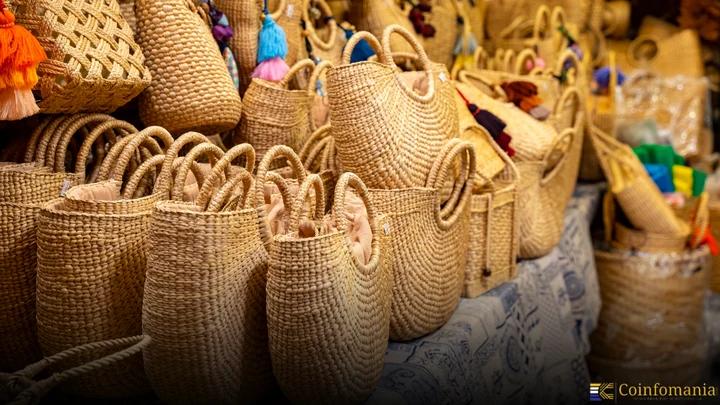India Bans Bangladesh Jute Imports Amid Global Trade Shift
India bans Bangladesh jute imports to protect local industry, raising costs and changing trade routes in the global jute market.

India’s recent trade measures have effectively closed the land route for Bangladesh’s jute products, forcing all consignments to pass through the Nhava Sheva seaport. This shift has not come all at once but as part of a steady sequence. In April 2025, India withdrew Bangladesh’s transshipment facility for goods destined for most overseas markets, except for Nepal and Bhutan. By May, restrictions were extended to certain non-jute goods such as garments, processed foods, plastics, and wooden furniture. The turning point came in June, when all jute imports via land borders were banned. Today, the list has widened to include bleached and unbleached jute fabrics, twine, cordage, ropes, sacks, and bags.
Possible Reasons behind India’s decision
The official explanation rests on three pillars. First, protecting the domestic jute industry from dumped and subsidized imports. Anti-dumping duties have been in place since 2017. Yet, Bangladesh’s exports to India have grown in recent years. This growth has been helped by the misdeclaration of goods and routing through third countries to avoid duties. Another factor is the move to strengthen quality and compliance oversight by funneling all imports through a single maritime entry point, making it easier to conduct inspections, apply hydrocarbon oil tests, and close gaps in labeling or invoicing that have allowed non-compliant products into the market. There is also a political dimension, as the move signals India’s unease over Bangladesh’s closer ties with China and recent remarks from its interim leadership, adding a strategic element to what could otherwise be seen as a purely trade-related step.
Struggles Facing India’s Jute Industry
For India’s domestic jute sector, these measures come during a period of stress. Prices in FY 2024-25 fell below ₹5,000 per quintal, under the government’s Minimum Support Price. Six organized jute mills have already closed, leaving ₹1,400 crore in dues. Out of dues, ₹400 crore is legacy debt. More than 400,000 workers, mostly in West Bengal and Bihar, face uncertainty. Cheap Bangladeshi imports have kept mill capacity underused. This has added to the financial pressure.
Bangladesh Faces Shrinking Trade Routes
For Bangladesh exports, the $2 billion jute trade with India in 2024-25 now faces higher transport costs. There will be longer transit times and rerouting through Nhava Sheva, reducing price competitiveness. The April transshipment withdrawal has also cut off an established corridor for moving jute goods to Europe and the Middle East via Indian territory. In the wider Global Trade picture, this limits Bangladesh’s flexibility just as competition from synthetic substitutes and alternative suppliers is set to grow. Given that Bangladesh accounted for 74 percent of global jute exports in 2018, the India ban could influence both market shares and supply chain decisions worldwide.
What Lies Ahead
India’s restrictions may accelerate domestic value-added jute production while prompting Bangladesh to diversify its export base beyond India. Meanwhile, India’s Directorate General of Trade Remedies began a mid-term review of existing anti-dumping duties on jute from Bangladesh and Nepal, examining possible circumvention and even considering extensions to raw jute imports.
The Indian ban is shielding the domestic industry and signaling broader strategic intent. It offers some breathing room for Indian mills and farmers, but forces a rethinking of Bangladesh’s export strategy in the Global Trade system. The longer the measures remain, the more likely they are to influence sourcing decisions, logistics networks, and competitive positioning for jute on a global scale.
Follow us on Google News
Get the latest crypto insights and updates.
Related Posts

A Major Regulatory Win Positions Binance For Global Expansion
Vandit Grover
Author

Pi Network Activates Testnet2 and New Booking App Amid Lawsuit FUD
Shweta Chakrawarty
Author

Altcoin Dominance Tracks the PMI: Why This Cycle Has No Real Altseason
Triparna Baishnab
Author